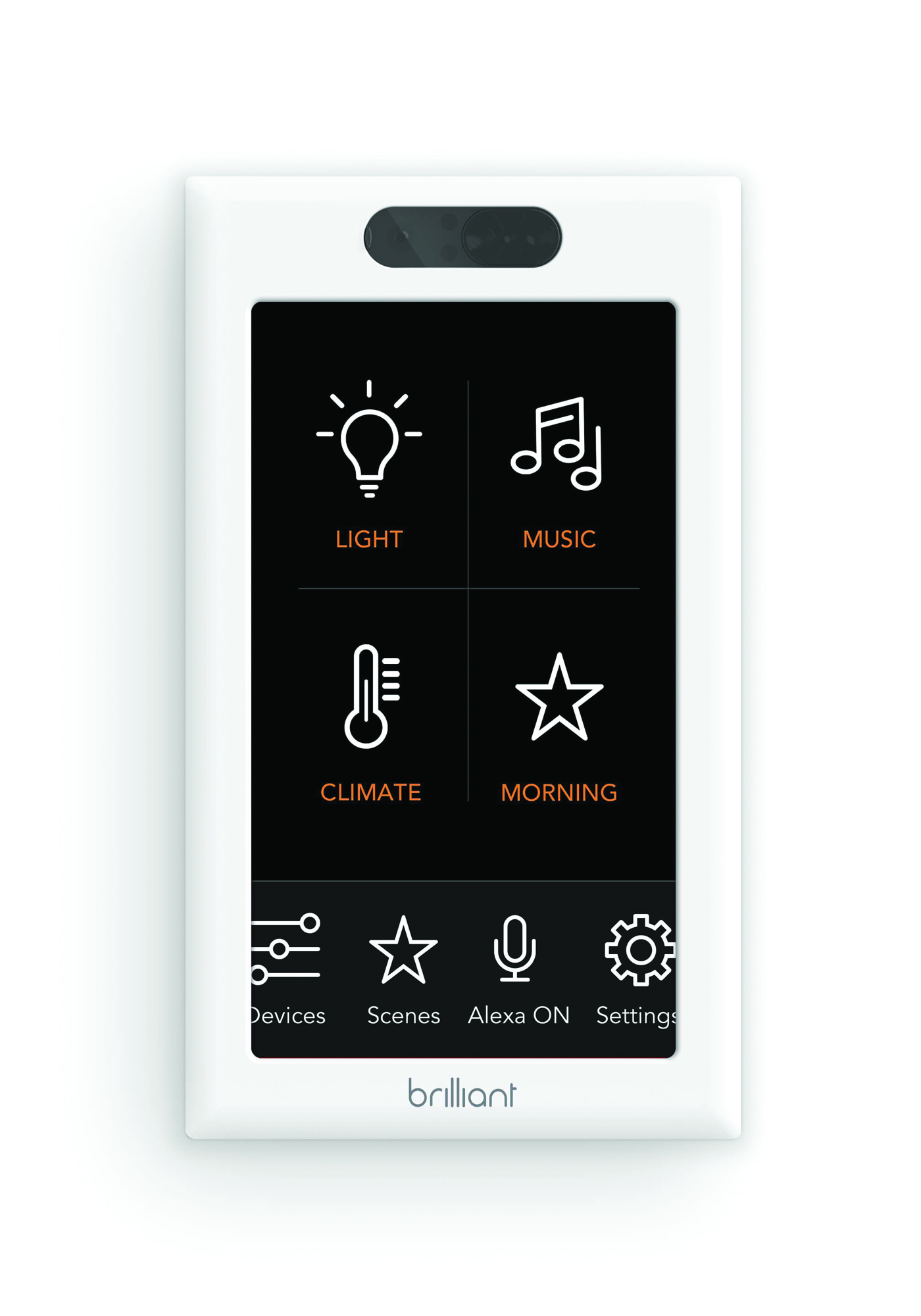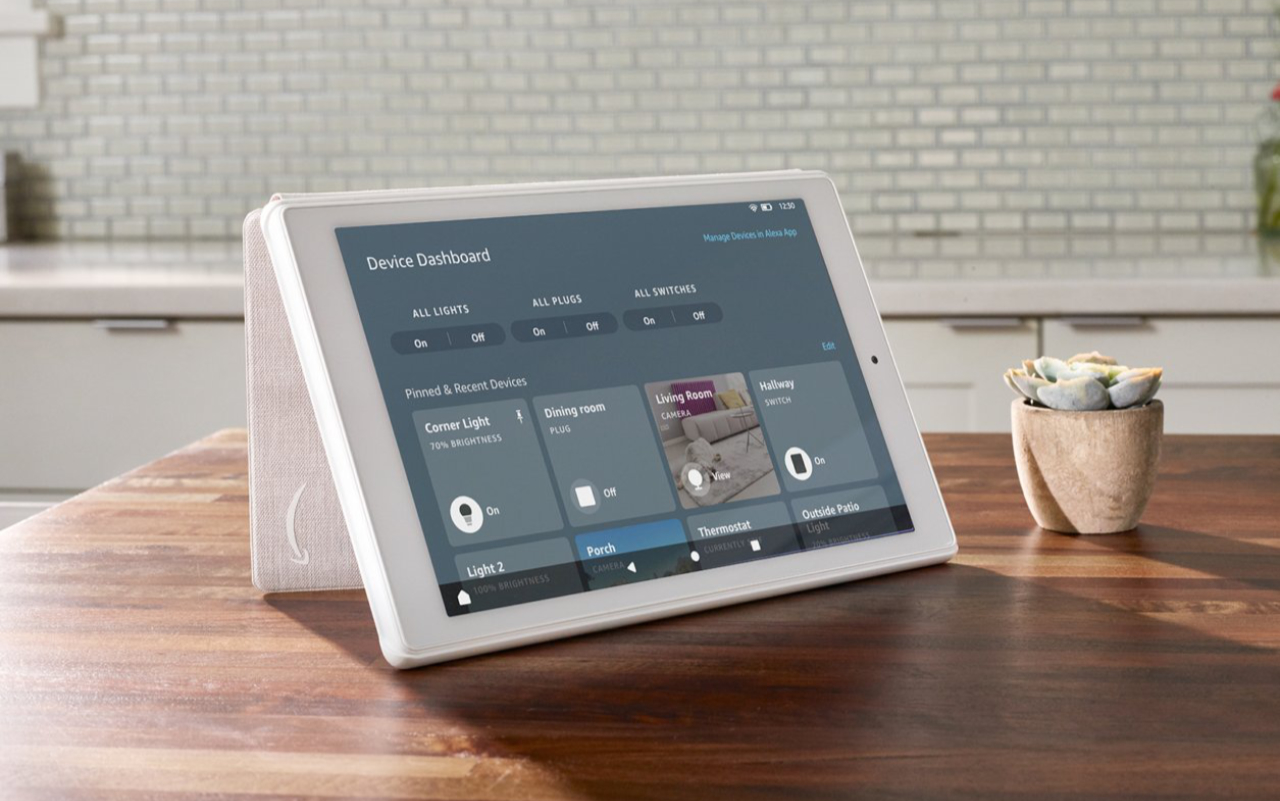

#SMART HOME CONTROL PANEL APP ANDROID#
While it would probably be possible to get an Android device to cater for the use case it seemed a lot of fiddling against the OS. There's more such issues I've encountered while trying. Next thing is that mobile operating systems don't like apps running all the time in kiosk mode, yes, Android has a feature to lock an app to foreground but there are still cases where it wouldn't do the right thing. One example is waking up the screen: Phones typically have a hardware button on the side to turn on the screen which gets a real challenge to do if the thing sticks on a wall. Phones are built for a pocket and that causes a lot of small fiddly issues when used in a different context. Initially I wanted to wall-mount a phone or tablet but results weren't that great. The storyįor a while now I'm using nymea as my smart home solution with nymea:core on a Raspberry Pi and nymea:app on my phone. And of course, your preferences.Using a Raspberry Pi and 7" touchscreen with nymea:core and nymea:app to build a smart home system with touch control panel. The possibilities are only limited by the type of compatible smart devices that you have in your home and what they can do. This allows me to quickly cast some music to it. In my case, tapping the Google Home Mini button will open the screen below. Now, while that may be useful in a lot of situations, other devices can do more. What will happen when you tap the button for one device or the other depends on the device itself and what the Home app can do with it.įor example, the Xbox button will just switch it on. Once you have decided on a final form for this menu, you can use it to switch on and easily control the respective devices. This will allow you to easily remove whatever you want. You then just tap Edit controls instead of Add controls. In order to do so, you just go to the same menu button. You can change your mind anytime you like. Of course, your decision doesn’t need to be final. Once you’ve done that, the quick smart home controls you’ve chosen will show in the power button menu. Whatever you choose, don’t forget to tap Save when you’re finished. The bottom of the screen even offers the option to add controls from other apps, provided these are available. This will show a screen with all of the controllable devices.

To do so, just tap the menu button (“the three dots”) above this section of the power menu. You can easily add more devices to the menu.


That would turn your phone into an actual universal remote control. Or maybe you just want to add as many devices as possible to this menu. Well, thermostats may be nice, but maybe you like controlling those with Google Assistant commands. Adding and Removing Smart Home Controls from the Power Menu If you have smart lights or a smart thermostat, there’s every chance that it would show them here. As you can see, in my case it would be the living room TV, the Google Home Mini, and the Xbox. These are populated automatically, based on what you use the most often. The smart home controls are at the bottom of the screen and look something like the following. The power menu is the one showing up when you press and hold the smartphone’s power button. The list includes lights, thermostats, locks, cameras, plugs, vacuums, TVs, speakers, and more. There is a wide range of devices you can easily switch on or off straight from the power menu. Essentially, if Google Home can control it, you can add it to the Power menu and quickly get to it. Starting with Android 11, you can control the smart devices in your house without needing to go to the Google Home app or asking Google Assistant.


 0 kommentar(er)
0 kommentar(er)
